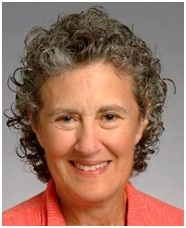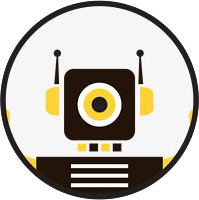
Introduction
Barbara Liskov, an American computer scientist who won the Turing Award in 2008, has made peering contributions to computer programming languages and distributed computing. She is known for the data abstraction invention, which has changed the software world. (National Inventors Hall of Fame 2023, page. 1)
Personal experimence(Babara Liskov 2001)
-
Barbara Liskov was born in Los Angeles, California.
-
Liskov earned her bachelor's degree in mathematics with a minor in physics at the University of California, Berkeley.
-
Liskov worked as a computer programmer in Massachusetts. The first year, she worked at the Mitre Corporation as a lowly programmer and then worked at Harvard University on a language translation project for a year.
-
Liskov returned to California, where she became a graduate assistant to John McCarthy and worked on his artificial intelligence projects at Stanford University.
-
Liskov earned a master’s degree at Stanford University.
-
Stanford University made her the first woman in the United States to be awarded a Ph.D. from a computer science department.
-
Liskov joined the faculty at the Massachusetts Institute of Technology (MIT).
-
Liskov became the NEC Professor of Software Science and Engineering.
-
Liskov received The Society of Women Engineers' Achievement Award.
-
Liskov has been the Stanford Professor of Engineering.
-
Liskov earned the IEEE von Neumann medal.
-
Liskov won the Turing Award.
-
Liskov is an MIT Institute Professor.
The importance of her contributions
In the early days of computing, the Go To statement was widely used to structure programs, but it is “too primitive, it is too much an invitation to make a mess of one’s program”(Dijkstra 1968). Programs written this way are not only challenging to read but also dangerous in potential. At this time, the computer hardware developed fast and gradually exceeded the capabilities of programmers, so it was urgent to build a basic architecture for programming. Because of this, the software crisis became a big problem in programming. Liskov and her colleagues were trying to find a way to structure programs and make programs easy to reason about. As a result, she and her colleagues designed the programming language CLU ( Alvaro, Videla 2019, para.9). CLU is a cross-generation programming language that includes data abstraction, templates, call-by-sharing, iterators, multiple return values (a form of parallel assignment) and other concepts and functions. These features are common today, but did not exist in programming languages at that time. Moreover, CLU inspired the design of subsequent programming languages, such as C++, Java, and Python.
In addition, Liskov has also made essential contributions to distributed computing and concurrent programming, such as the concurrency control of asynchronous systems.
Liskov's contribution to programming goes beyond this. The third principle of the five major principles of modern object-oriented programming, "SOLID", is the Liskov Substitution principle named after her.
